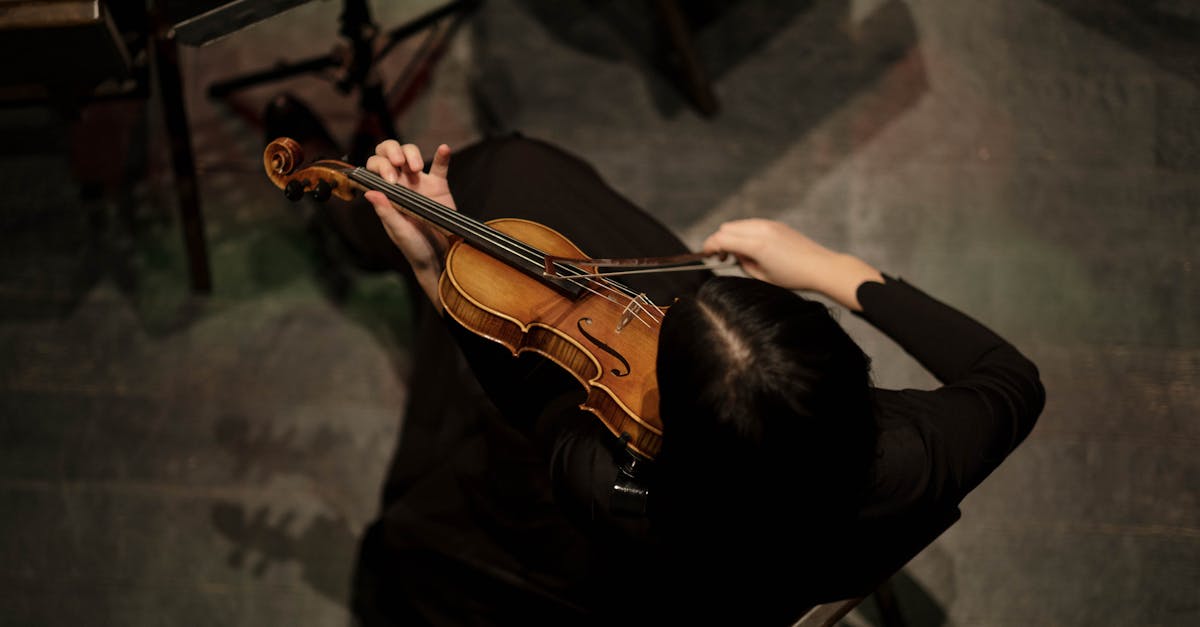Transcendent Tunes Unveiling World Music Diversity
Introduction
Music is a universal language that transcends cultural borders and historical epochs. The rich tapestry of world music diversity paints a picture of shared human experiences expressed through sound. From the rhythmic beats of Afro-Cuban jazz to the melodious strains of Indian ragas, each genre carries the stories, emotions, and histories of its place of origin. Today, world music continues to capture global audiences, inviting listeners to explore familiar and unfamiliar sonic landscapes. The beauty of world music lies not just in its sounds but in its ability to weave connections among different cultures. By understanding this diversity, we can appreciate the intricate variety that enriches our musical world.
Advertisement
A Global Melting Pot
World music comprises an expansive array of musical traditions from every continent. Latin American music infuses its vibrant beats with African, Indigenous, and European influences, creating genres like samba and tango. In Asia, the soothing tunes of Japanese taiko drums and the complex Yunnan folk songs depict tales of ancient cultures. African music, with its diverse percussion techniques, brings groove and spiritual depth through countless styles such as Afrobeat and Highlife. European classical music also contributes to this diversity, with its symphonic compositions juxtaposing elegantly against dynamic Flamenco or the mystical sounds of Celtic folk music.
Advertisement
Cultural Narratives Through Music
Each musical piece serves as a repository of cultural narratives, chronicling societal changes, jubilations, and struggles. Traditional African songs are often vocal expressions of communal life, rooted in the rituals and daily practices of life on the continent. Meanwhile, the blues emerged from the African American experience, voicing the economic and social challenges of life in post-Emancipation America. European folk music, coded with symbolism and myth, celebrates the changing seasons, weaving tales of heroics and love. These narratives, passed down generations, provide insight into how communities across the world view their own histories and futures.
Advertisement
Fusion and Hybridization
Modern music is increasingly shaped by fusion and hybridization, as artists blend traditional sounds with contemporary beats. Latin Trap combines reggaeton's rhythmic style with influences of Southern US rap, whereas K-Pop fuses elements of American pop, rock, and hip-hop with Korean tradition. Hybridization doesn't dilute cultural heritage but rather strengthens it by bringing new perspectives and innovations. Jazz, originally developed in the United States, has adopted flavors from Brazilian Bossa Nova to Indian Carnatic to create a myriad of subgenres that continue to evolve. These creative connections highlight the dynamism within world music diversity.
Advertisement
Technological Influence
The technological era has greatly accelerated access to world music, enabling its distribution and appreciation. Streaming platforms offer a treasure trove of global tunes, allowing listeners to explore international playlists previously unknown to them. Artists can collaborate across oceans without ever meeting in person due to the advent of the internet and digital technology. YouTube and other social media platforms have furtherened this reach, helping unknown talents from remote regions to be discovered and globally celebrated. Technology thus acts as a bridge, shrinking distances and amplifying the variety of musical expressions across the globe.
Advertisement
Traditional Music Sustaining Identities
Despite globalization, traditional music remains crucial in preserving cultural identities and education. Each year, International Lomkho Festival in Bhutan celebrates folk dances, while Uzbekistan hosts stringed instrument festivals celebrating their deep-rooted melodies nationwide. Heavily tied with rituals and ceremonies, this music acts as a solid foundation of rites and cultural identity for many societies. Young generations enthusiastically embrace these roots, ensuring that they remain vibrant through preservation societies or by incorporating elements into modern fusion. The continued existence of these traditional expressions is a testament to their enduring importance in grounding and defining communities.
Advertisement
World Music and Social Change
Across the globe, world music has long been a poignant tool for social change, rallying support for various causes. The South African protest song "Nkosi Sikelel' iAfrika" united people in the struggle against apartheid. Latin America's Nueva Canción movement embodied political dissent and unity against regime repression. Musicians have historically played prominent roles in social justice projects, challenging discrimination, and fostering awareness on crucial issues. For generations, their songs have become anthems of unity, hope and resilience meriting admiration for the potency these transcendent tunes hold.
Advertisement
Bridging Distances
World music provides more than sound; it is an experience that bridges geographical and cultural distances. Prominent music festivals like WOMAD (World of Music, Arts, and Dance) bring artists from around the world, offering immersive experiences that celebrate diverse cultures. These events create dialogues, fostering mutual understanding and appreciation of variety and difference. In classrooms, educators use world music as an interactive method to teach cultural history, geography, and language, thereby fostering a greater appreciation for global diversity in young minds. Such bridges emphasize music’s transformative power as an agent for peace and cultural diplomacy.
Advertisement
The Future of World Music
As global connectivity expands, the future of world music promises further innovation and cross-pollination. Artists continue to draw from deep wells of traditional wisdom and modern creativity to produce genre-blending masterpieces that defy categorization. Scholars and musicians dedicate themselves to documenting and preserving endangered musical traditions amidst globalization. The future envisions deeper integration of technology and storytelling in music, indicating a direction of boundless innovation. Ultimately, world music will continue to echo across boundaries, retaining its role as a transcendent medium that links people, generations, and cultures.
Advertisement
Conclusion
World music diversity exemplifies a vibrant tapestry of human expression, fostering a better understanding of cultural diversity and heritage. Through its unifying power, world music opens doors to exploring and appreciating the profundity of global traditions. As listeners, embracing these varied sounds connects us to the stories and histories they embody. It stands as a reminder of our shared humanity, even amidst our differences. By celebrating and cherishing world music, we create a rhythm of unity that resonates, transcending borders and binding cultures together harmoniously.
Advertisement







